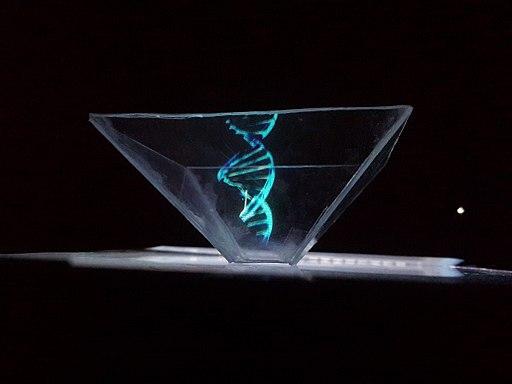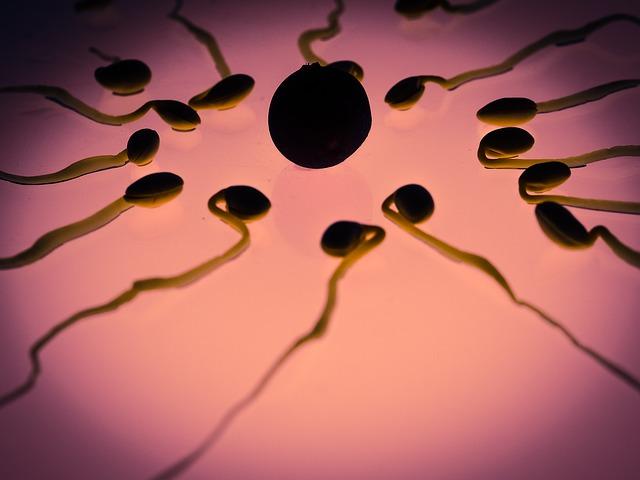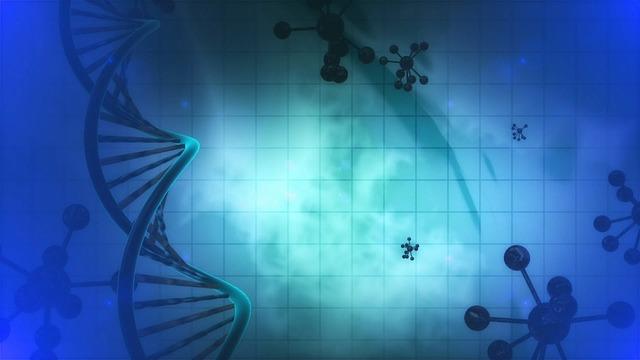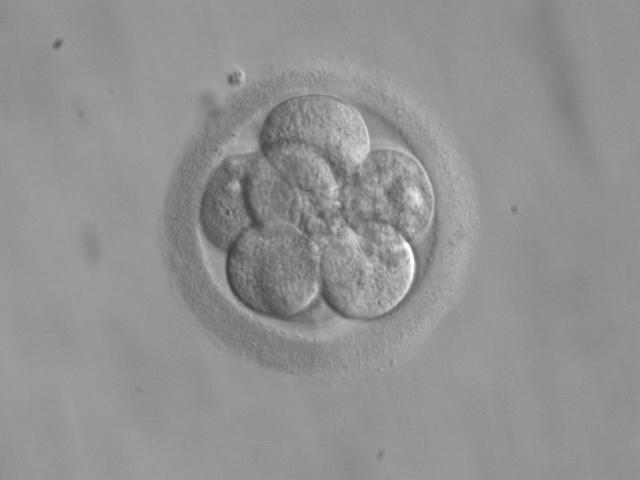Media Coverage
Magazine covers, front-page newspaper articles, and social media are often the first places the public encounters emerging human biotechnologies. For this reason, it’s important to address how media coverage shapes public perceptions of the latest scientific innovations. Articles rarely give the whole story. While they celebrate new techniques as “breakthroughs” or “medical miracles,” they may not address whether the results are preliminary or have been subjected to peer review, what risks they entail, or what their social or policy consequences might be. Journalists have a responsibility to be both skeptical and accurate, so the public can take part in a well-informed debate.
Aggregated News
Last month, Caltech announced that the names of six men with historical ties to the university would be removed from...
Aggregated News
In the sticky conversations around rationing life-saving treatments and vaccines during the Covid pandemic, corporate media have elevated some experts...










